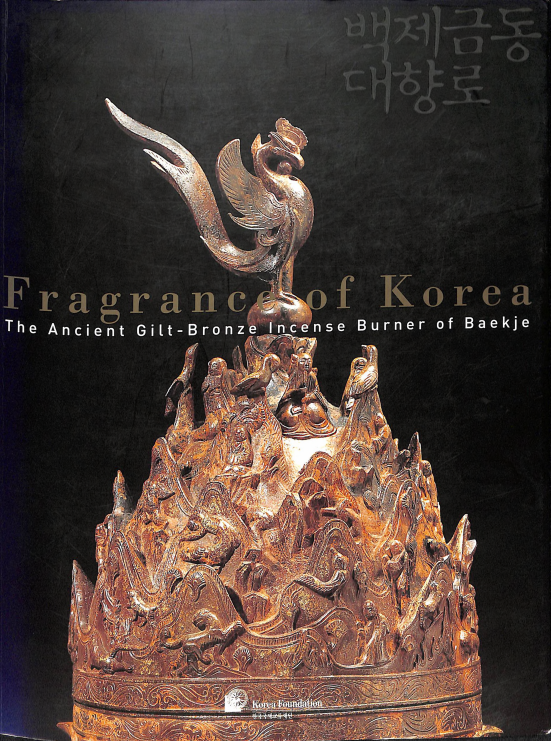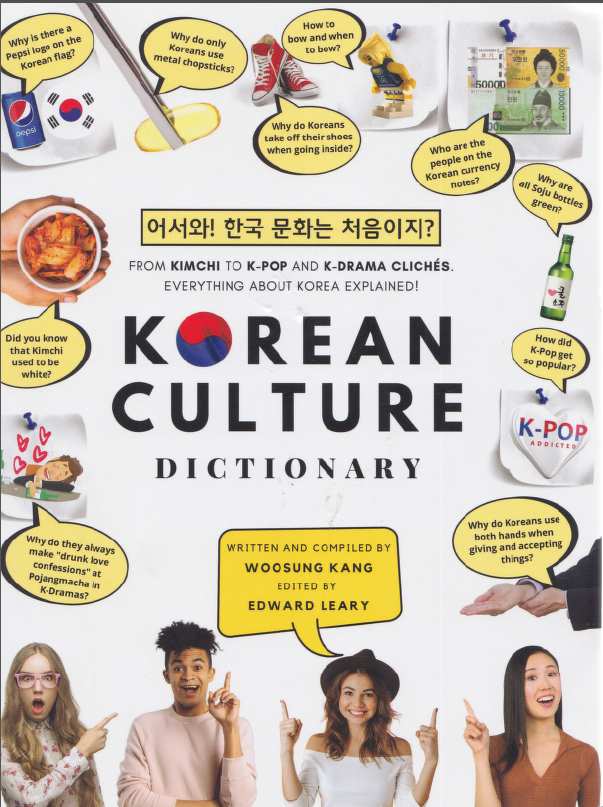-
Madaniyat taraqqiyotida vorislik. Madaniy meros tushunchasi,
-
Madaniyat taraqqiyotida vorislik. Madaniy meros tushunchasi,
-
Madaniyat taraqqiyotida vorislik. Madaniy meros tushunchasi,
-
Fragrance of Korea
The Academy of Korean Studies,This English-language and stunningly illustrated book exclusively features the Gilt-Bronze Incense Burner of Baekje, designated a National Treasure of Korea (No. 287) and includes 110 pages of photo images and three separate essays (28 pages). The images are categorized by lid, bowl, and pedestal stand, and by themes of its ornamental elements, such as the five musicians, human figures, figures with human face and animal body, animals and mythical creatures, birds, landscape scenery, and water animals. An annotated illustration at the start of each section serves as a reference for the individual details therein.
-
어서와! 한국 문화는 처음이치 - Korean culture dictionary
Woo Sung Kag,If you are a К-Drama addict, and even took the time to watch variety shows with your favorite idols, your thoughts and interest towards Korea may have grown even deeper! What does ‘Korea’ mean, and who are the people on the Korean currency notes? Why do Koreans love kimchi so much? Maybe, if you’re a Koreaboo (no shame in the game) you may wonder how and why you become a year (or two years) older as soon as arriving in Korea? Why so much drama in those street tent bars ipojangmacha)! How do Koreans drink so much soju from those infamous green bottles? And, probably the question on everyone’s mind in 2020, why is BTS so gosh dang popular (honorable mention: WKat the heck does “Gangnam Style” mean)?
-
Glimpses of the past Cultura Rhythms-India and Central Asia
Radha Raina,Cultures interact in multiple ways, and so ir has been in the shared history of India and Central Asia. Indian motifs move through the art of Central Asia to China; Indian thought evolves through the mediation of Buddhist monks and travels to Bamiyan, site of a 53 meter tall Buddha statue, to Central Asia and then to China. In return, cultural forms like metal working techniques, architectural styles as well as silk weaving travel trom Central Asia to India as does the Islamic religion. Monks pioneered routes that were followed by traders; then the artisans and craftsmen came both in search of new work and to benefit from the prosperity generated by trade. Even conquest played a role, since the conqueror’s booty included masons, metal workers, artists and other artisans.



